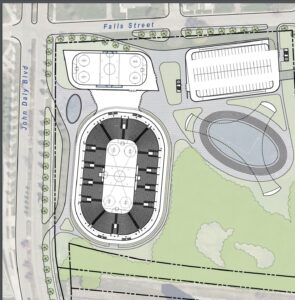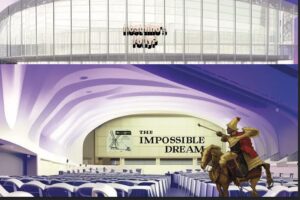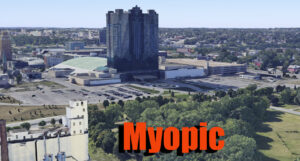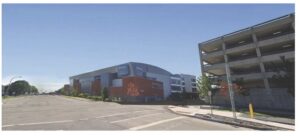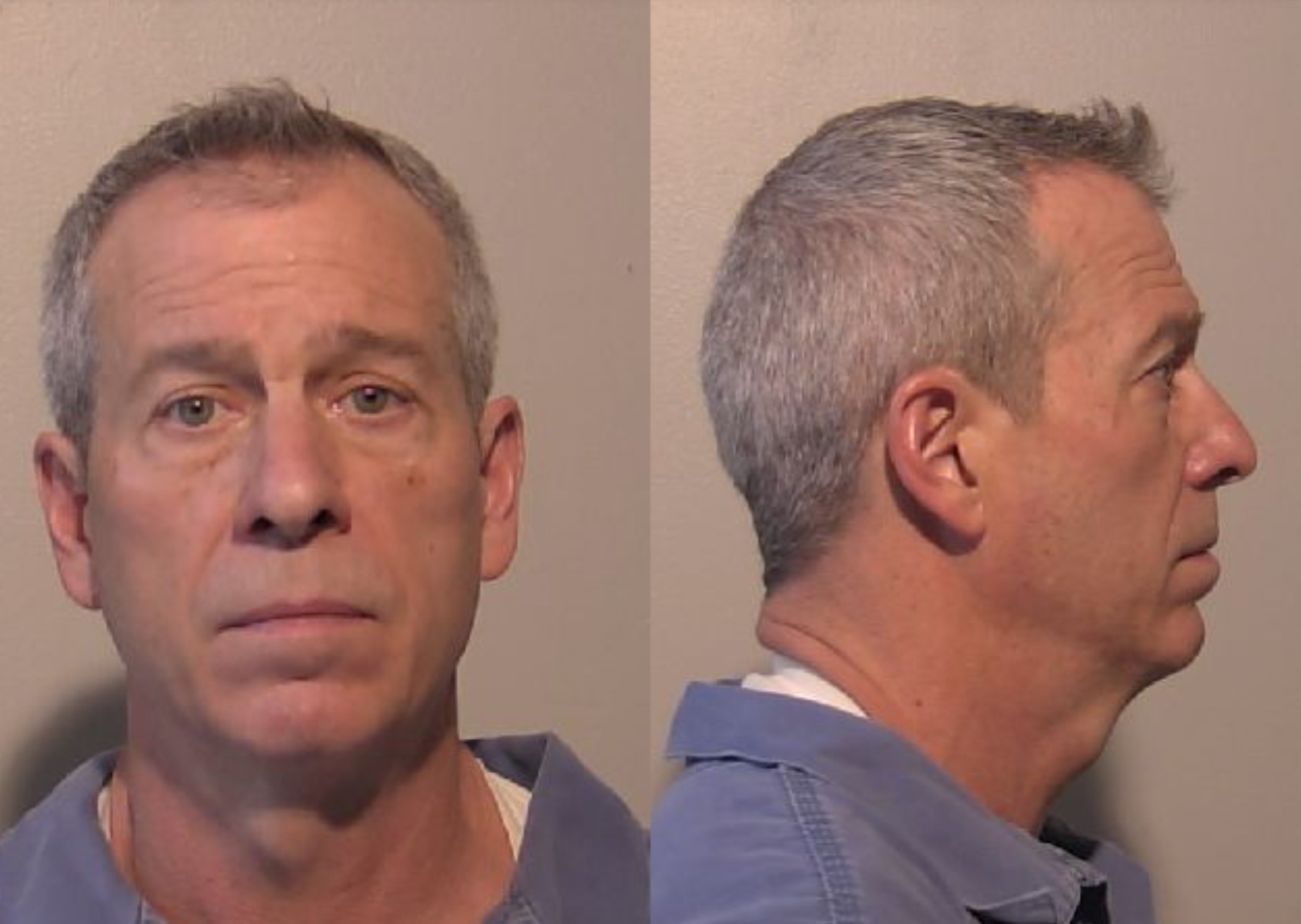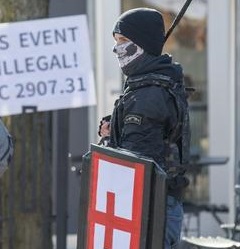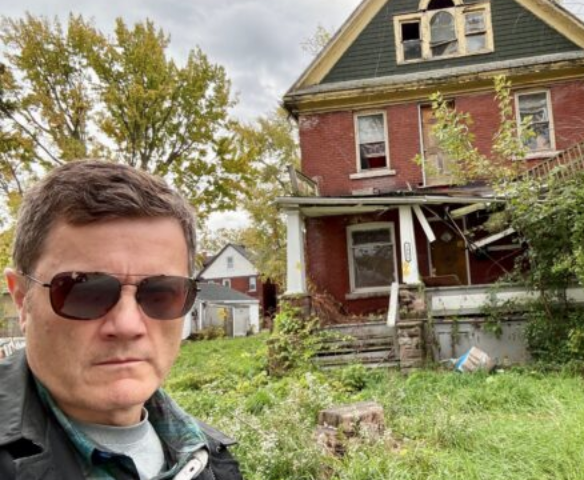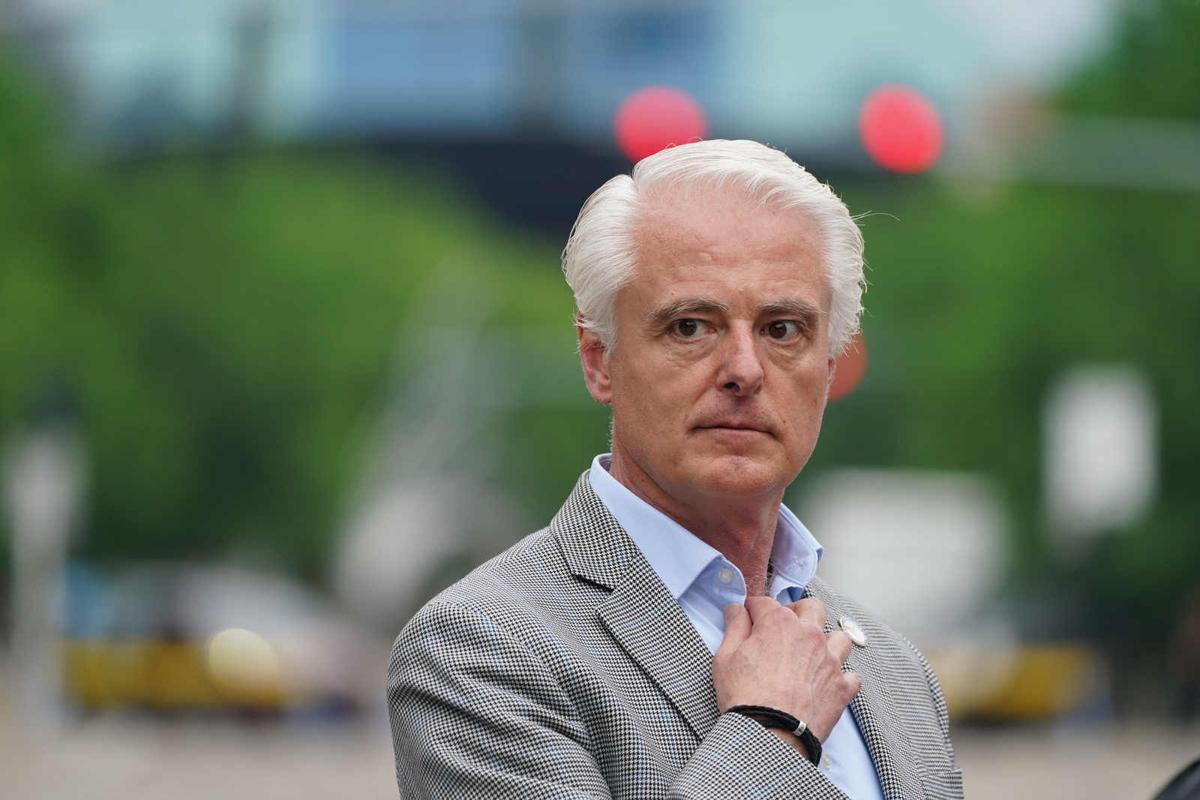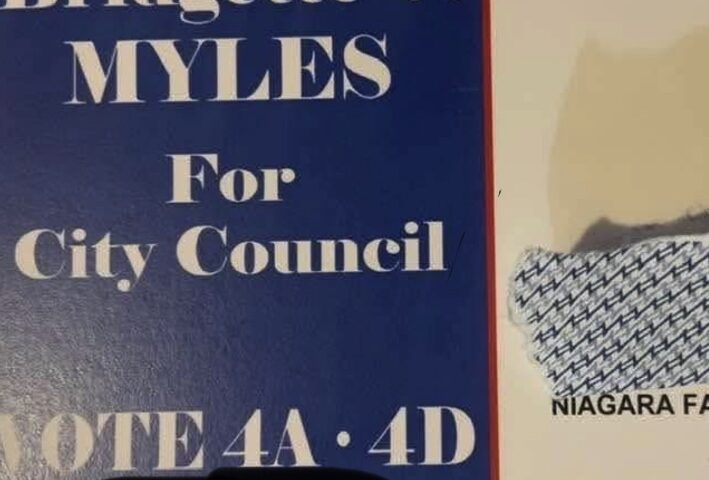Mayor Robert Restaino is the smartest man in the room. Any room. And if he wants to build a Centennial Park across the street from the Seneca Nation entranceway, we don’t need to question.
Why should we? He is the smartest guy in the room, including, especially, the big room known as the City Council Chambers, where questioning the mayor is taboo.
But someone has to bring the public up to speed.
The mayor’s Centennial Park plan is not only extravagant and wasteful to build, or try to build, but also extravagant and wasteful if ever built. It will cost more than $150 million to build and probably more than a million per year to operate.
Events centers usually lose money.
We have written about it again and again. The city residents have taken notice. They know the mayor’s folly – as Centennial Park is being called – is wasteful. Sure, the council is silent. They can’t speak up to the mayor, even though it is their job. They don’t know their job to question the mayor.
It’s not their fault. They think the mayor is there to teach them. Yeah, he is taking them to school.
Forget the fact that there is a better location for an events center, better than the site the mayor wants. An events center. remember that. That is all Centennial Park is.
You might just forget the word “park.”
The mayor wants to build Centennial Park on land that he wants to force a private owner to sell.
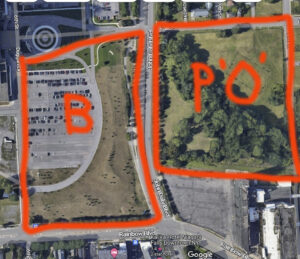
Force, that is, by suing. Forget that it will cost $25 million more than he needs to spend between land cost and lawyers.
The city already owns land, which won’t cost taxpayers a dime to acquire. That city-owned land is on Third Street and Niagara Street.
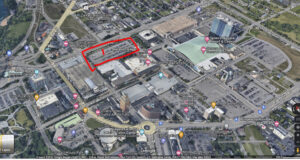
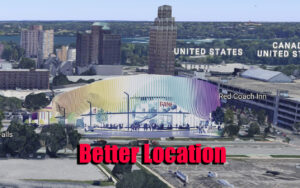
But the mayor wants to build Centennial Park on the lap of the tax-free Seneca Nation, instead of where an events center might help struggling highly-taxed downtown Niagara Falls businesses.
So add $25 million for land cost. Then add another $30 million to build a parking ramp. Funny, because the city-owned land already has a parking ramp — with 2500 car capacity, right next door.
And that ramp is never filled. But the mayor wants to build a 500 car parking ramp on the land he wants to force the owners to sell to build his Centennial Park.
So add another $30 million for an unneeded parking ramp, plus $25 million for land when the city already has land, and you have a tidy sum: $55 million.
But it’s not the mayor’s money. It’s taxpayers and who are they? Their finances are supposed to be watched by the council. But they sit in the lap of the too smart mayor.
So why should the smartest guy in the city care what taxpayers pay?
One more word before we get into why the city does not need another parking ramp. That word is “park.” The mayor likes to call this Centennial Park. But as we said before, it is only an events center, and, if the mayor has his way. an unnecessary parking ramp.
The city does not need another park. But it won’t even be a park.
Yes, the mayor promises a grandiose park. It is sort of a come-on.
The mayor is only trying to force the sale of 10 acres. The events center and the parking ramp will take up about 6-7 acres. That leaves 3-4 acres. A 4 acre park is tiny, my friends.
It is the size of a pocket park or small neighborhood park. Drop the misnomer. Don’t use the word park. Call it the Centennial Events Center. For that’s what it is. And the new Mayor Robert Restaino Parking Ramp.
The park in Centennial Park does not have room for all the things the mayor is promising, like adventure tours, splash pads and ice skating, a rope course and zip lines. The only thing you might have is a rope climb up the walls of parking ramp. Up to the top, where the mayor envisions rooftop movies and a beer garden. I can see visitors now climbing up the ropes to the top. Then after a few beers, the climber heads back to the ropes, but the bartender says, watch out for that first drop on the ropes. It’s a doozy.
Now for some reality, as opposed to our smart mayor’s word salad.
The Wall Street Journal reports North American cities want less parking, not more
Mayor Restaino proposes approximately $30 million in new parking to support the proposed location of his event center and park plan. This is despite the underutilized, city-owned parking that already exists next to the perfect location for his events center: near Third Street restaurant, bars, and other commercial establishments. The Rainbow Mall parking ramp is already there. It is already city owned. And it’s half empty (or more) most of the time.
A rendering of how a new event center might look next to the Rainbow Mall parking garage on Niagara Street.
This $30 million for additional parking is in addition to an estimated $20 million [plus $5 million legal fees] that the city will likely pay to acquire, through eminent domain, the private property owned by Niagara Falls Redevelopment (NFR), and the millions more in legal fees and other costs for a legal battle that may take a decade.
The foolish construction of additional parking when other lots sit empty would be in total opposition to national trends. Consider the following:
- On April 2, 2023, The Wall Street Journal published an article titled “America Has Too Much Parking. Really,” which began:
For decades, American cities have had a parking problem: too much of it.
Countless residential parking spots go unused, and many downtown garages sit half empty… Recognizing this, cities are shrinking the number of spaces, freeing up the land for other uses, with far-reaching consequences.
Are Mayor Robert Restaino and the City of Niagara Falls really going to buck the trend and spend tens of millions it doesn’t have to add more parking when an underutilized parking garage next to a city-owned lot already exists?
- According to The Wall Street Journal, there’s a trend taking American cities by storm. More and more towns are getting rid of parking spaces, opting to free land for new development. Downtown parking garages in most major U.S. and Canadian cities have at least 20% vacancy during weekdays and on weekends during special events. Ride sharing, the rise of remote work, and other factors, have resulted in countless residential parking spots going unused.
- Buffalo is one of the cities cited in The Wall Street Journal. The Journal says there is major evidence supporting the idea that cities who remove parking requirements improve quality of life and also the sustainability of the community. This, the Journal states, has proven to be true in many cities, including Buffalo, which eliminated parking requirements for new developments in 2017. Since then, Buffalo has seen a revitalization of its downtown area, and population grew for the first time since the 1950 Census.
- According to the Journal:
In 2017, Buffalo, N.Y., became one of the first big cities to eliminate minimum parking requirements citywide. “The priority was people are looking for a place to live, not to park,” said Brendan Mehaffy, the city’s director of strategic planning.
Developments approved in the first two years after the change provided 21% fewer spots than would have been required under the old rules, according to a study by the University of Buffalo. It also contributed to a development boom in the city’s downtown that helped arrest decades of decline.
The latest once-a-decade Census count, done in 2020, showed Buffalo’s population grew for the first time since the 1950 Census.
One former parking lot on the east side of downtown is now a grocery store and 201 units of affordable housing, with limited on-site parking.
Buffalo has since become a model. Mr. Mehaffy frequently speaks to planners elsewhere looking to replicate the city’s parking policy.
- In line with this trend, walkable communities have dominated mainstream urban and suburban planning for over 30 years. With Niagara Falls attracting approximately 12 million tourists a season, many experts believe walkability is a key factor in creating a vibrant atmosphere that keeps tourists engaged for longer and repeat stays. In many destination cities, cars are not even part of the equation, focusing more on local ground transportation. Thus, fewer parking facilities next to attractions are needed. The benefit to local businesses is enormous. Parking garages promote the feeling that one should park next to their destination, leaving many unseen shops and businesses nearby. By abandoning cars, tourists would become immersed in Niagara Falls natural beauty and all of the entertainment and leisure activities involved.
One final note to consider: How useful will all this excess parking be in the future, with ride-hailing and other new technologies – including the predicted emergence of AI-assisted valet parking, where your car can be dropped off to you with a few clicks on your phone?
This is why the location on Niagara Street and Third Street makes so much sense for an events center… and why the “Two-Project Solution” makes so much sense for the City of Niagara Falls.


